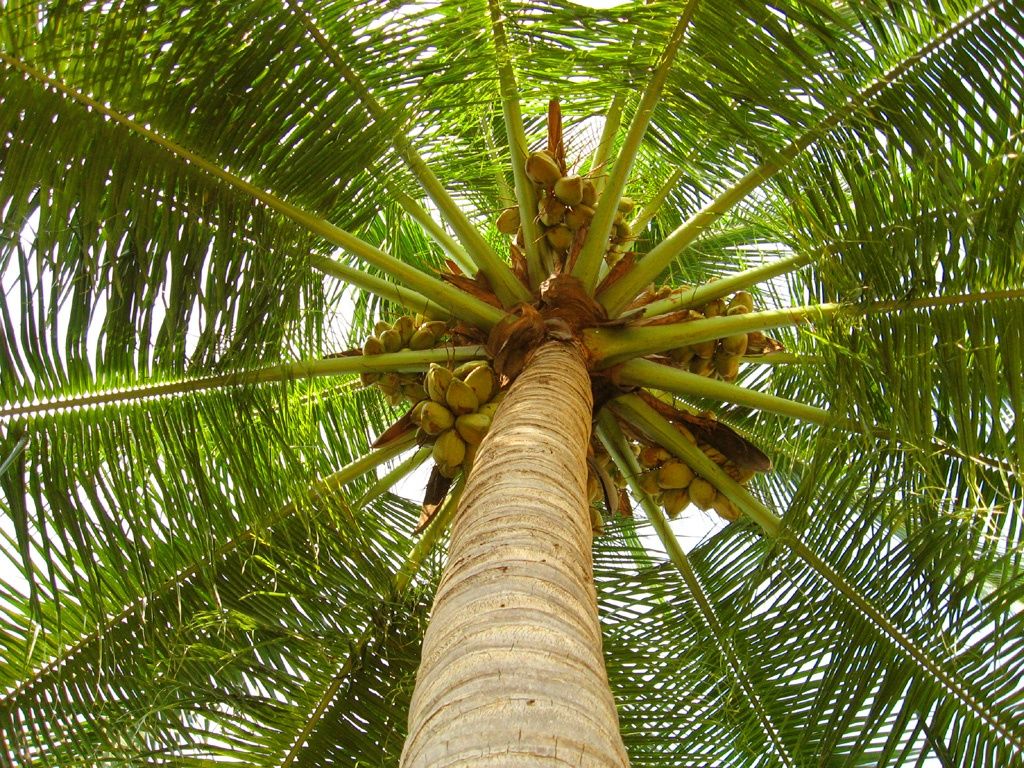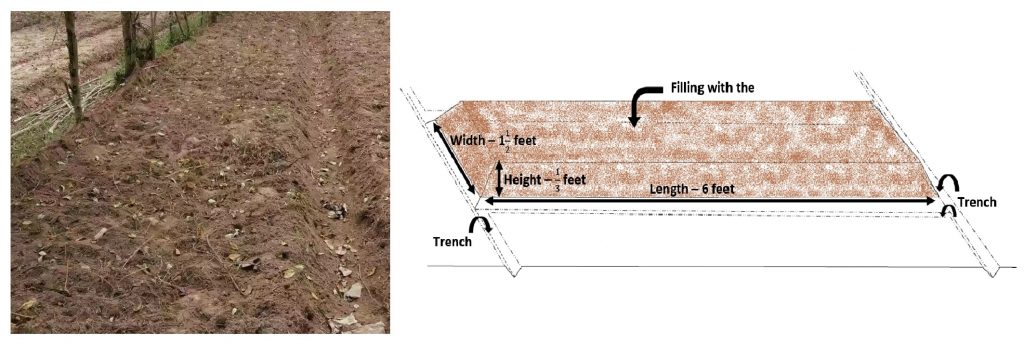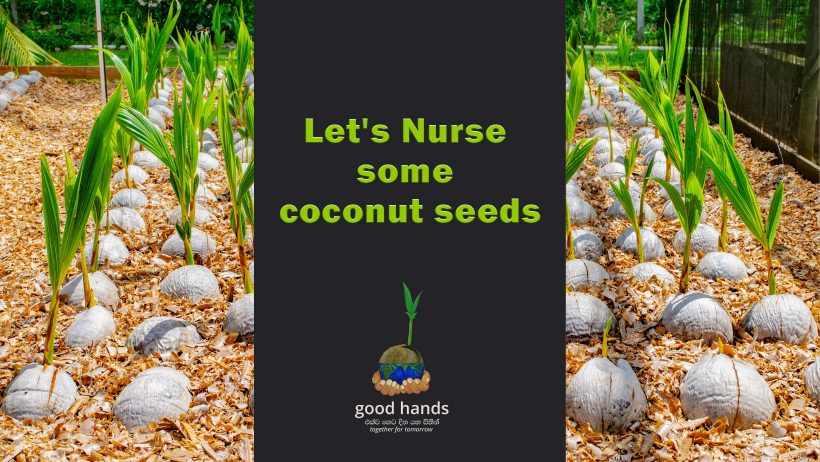There is no one in our country who does not want to plant a coconut sapling in his/her garden and reap its fruits. “Kapruk Growers are Winners” is an old saying still prevalent in our villages. Coconut is a popular plant that is an integral part of our diet and everyday life. In the meanwhile, there are many people who are anxious to cultivate, though they have the will. This is mainly due to the inability in finding good coconut plants. Though there are people who can afford to buy a coconut plant, it is difficult for most Sri Lankans. However, you would have spent so much time but a solution is at hand!
Everyone knows that anyone can find a few coconuts from a well-grown tree, in their respective areas. If such a coconut can be properly nursed, you will be able to grow a healthy coconut seedling in your backyard in 5-6 months. An earlier article entitled The Systematic Evolution of a Coconut Seedling covered many of the following issues: Selection of mother plants and seeds.

Selection of mother plants for fertile coconut seeds
· Yields at least 60 coconuts per year
· Healthy, strong and straight trunk
· The branches of the trunk are short but well spread out as a uniform ring
· The uppermost of the trunk of the tree is well spread, with at least 20/30 coconut branches
· Located in coconut of different ages
· Having short and strong coconut branches that grow well enough to hold the coconut well
· The stalk of the coconut bunch of coconuts is short and strong

Fertile coconut seeds
The average weight of a fruit without the husk is about 700 grams. Also, nuts taken from the tree without breaking directly from the tree to the ground are suitable. Coconut water should be shaken well to avoid diseases such as mites (about 1/3 of the coconut water is suitable for seeds and is generally preferred to be taken from mature coconuts. Store in a dry place for about 2 weeks, after which the moisture in the coconut husk will get removed and the seeds reach the optimum level for germination and the water level reaches the required level for germination, also known conventionally as “Thau merima”.

Preparation of nursery beds
In the flat space provided for nursing 5-6 seeds, mark an area about 1 ft. Wide and 6 ft. Long. Determine the length according to the space available and the amount of seed coconuts provided. Loosen soil well using a hoe and fill to a height of about 1/3 foot. Then dig the marked area to a depth of about a foot with a hoe and loosen the soil, filling the nursery to a height of about 1/3 of the ground level as shown in the figure. With this, make trenches around the nursery boundary and between 2 nurseries to a depth of about 1/4 foot above the ground level. The trenches are expected to protect the nursery from excess water during the rainy season.

Coconut Nursery
Make holes 10 or 15 cm deep in the bed made of articles above. Make a gap of about 15 cm between the holes in the bed and cover the holes with loose soil about 1/3 of the height of the coconut outside the prepared holes. Especially keep the seeds flat (horizontally) in the nursery. The side of the coconut to be planted can be determined by throwing it into a basin/ pail of water. The side that gets submerged has to be the first to place in the hole dug.

Moisture Conservation in Seed Coconut Nurseries
- Mulching the beds
To conserve moisture in the beds, mulch the bed. This is done by applying coconut husks or a layer of coir three to four inches thick. If coir or coconut twigs are not available, the nursery can be mulched with weeds, straw or sawdust.
- Water Supply
Watering is essential during the dry season and when it is not raining continuously, it is important to water at least once in three days.
- Weed control
Weed control is an even more important task in nursery management. Therefore, it is advisable to remove the weeds growing in the nursery by hand once in three weeks or once a month. Because weeds absorb water for germination of coconut seeds in the nursery, it will not be possible to delay the emergence of coconut seedlings, destroy the coconut seeds and produce coconut seedlings of proper quality. Coconut seeds can also be inadvertently destroyed by pests such as Termites.



Leave a Reply